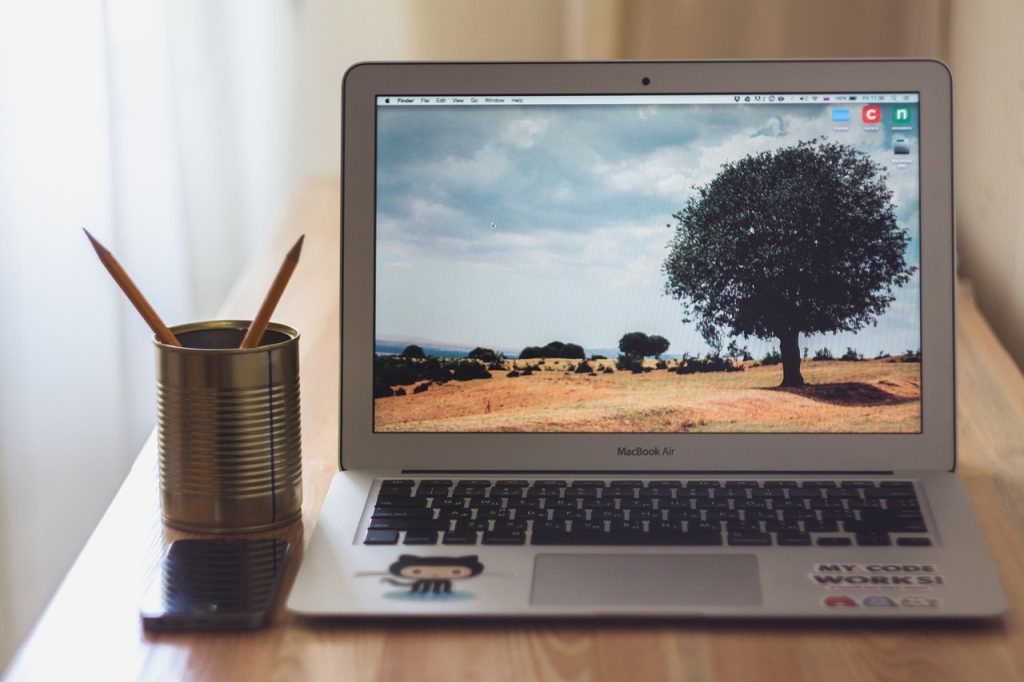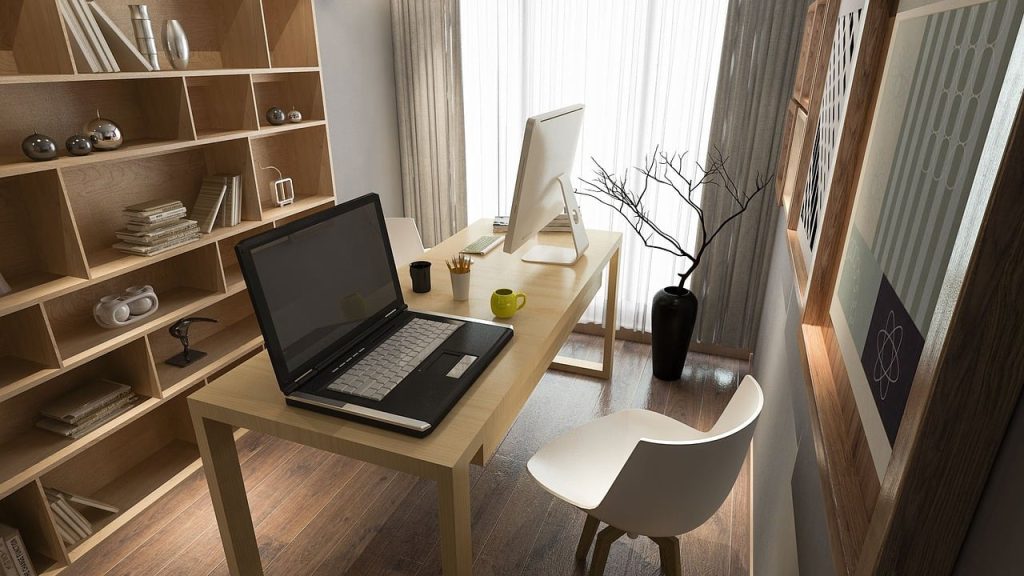iOS parental controls are powerful tools that help you manage and monitor your child’s device usage, ensuring they have a safe and age-appropriate experience. Here’s how to use these controls effectively to maintain oversight and balance in their digital interactions.
Enable Screen Time

Start by enabling Screen Time on your child’s device. Open the “Settings” app, tap “Screen Time,” and then select “Turn On Screen Time.” Follow the setup instructions and choose “This is My Child’s iPhone” or “iPad” to customize settings specifically for them. This will allow you to access various parental control features.
To prevent your child from changing the settings, set a Screen Time passcode. Tap “Use Screen Time Passcode” and create a unique code that will be required to make changes to the settings. This ensures that only you can adjust the restrictions and monitor usage.
Configure Downtime
Downtime allows you to schedule periods when the device can’t be used except for allowed apps and phone calls. Tap “Downtime,” then set the start and end times for when you want the device to be off-limits. This is useful for ensuring your child isn’t using their device during bedtime or study time.
To manage the amount of time spent on specific apps or categories of apps, go to “App Limits.” Tap “Add Limit,” choose the apps or categories you want to restrict, and set a daily time limit. Once the limit is reached, the app will be inaccessible until the next day, helping to balance screen time.
To control what your child can access, navigate to “Content & Privacy Restrictions” and turn it on. Here you can:
- iTunes & App Store Purchases: Decide whether to allow or disallow app installations, deletions, and in-app purchases.
- Allowed Apps: Restrict access to specific built-in apps like Safari, FaceTime, or Camera.
- Content Restrictions: Set limits on movies, TV shows, and music based on age-appropriate ratings. You can also restrict access to explicit content and limit web content.
- Privacy Settings: Control app permissions, such as location access and contacts, to protect personal data.
Set Communication Limits
Manage who your child can communicate with through “Communication Limits.” You can set restrictions for who they can contact during screen time and Downtime. Options include allowing communication only with contacts or everyone, depending on what you deem appropriate.
Regularly review the Screen Time reports to monitor your child’s device usage. Go to “Screen Time” and view the detailed reports on app usage, screen time, and how often the device is picked up. This information helps you understand their digital habits and adjust settings as necessary.
Discuss the importance of these controls with your child. Explain why certain restrictions are in place and how they can benefit their overall well-being and academic performance. Keeping an open dialogue encourages responsible device use and helps your child understand and follow the rules you’ve set.
Adjust Settings as Needed

As your child grows and their needs change, revisit and adjust the parental controls. Regularly updating the settings ensures they remain effective and relevant to their evolving usage patterns and responsibilities.
By utilizing iOS parental controls, you can effectively manage your child’s device use, fostering a safer and more balanced digital environment. Regular monitoring and open communication are key to ensuring these controls are used effectively and positively impact your child’s device experience.

Leave a Reply